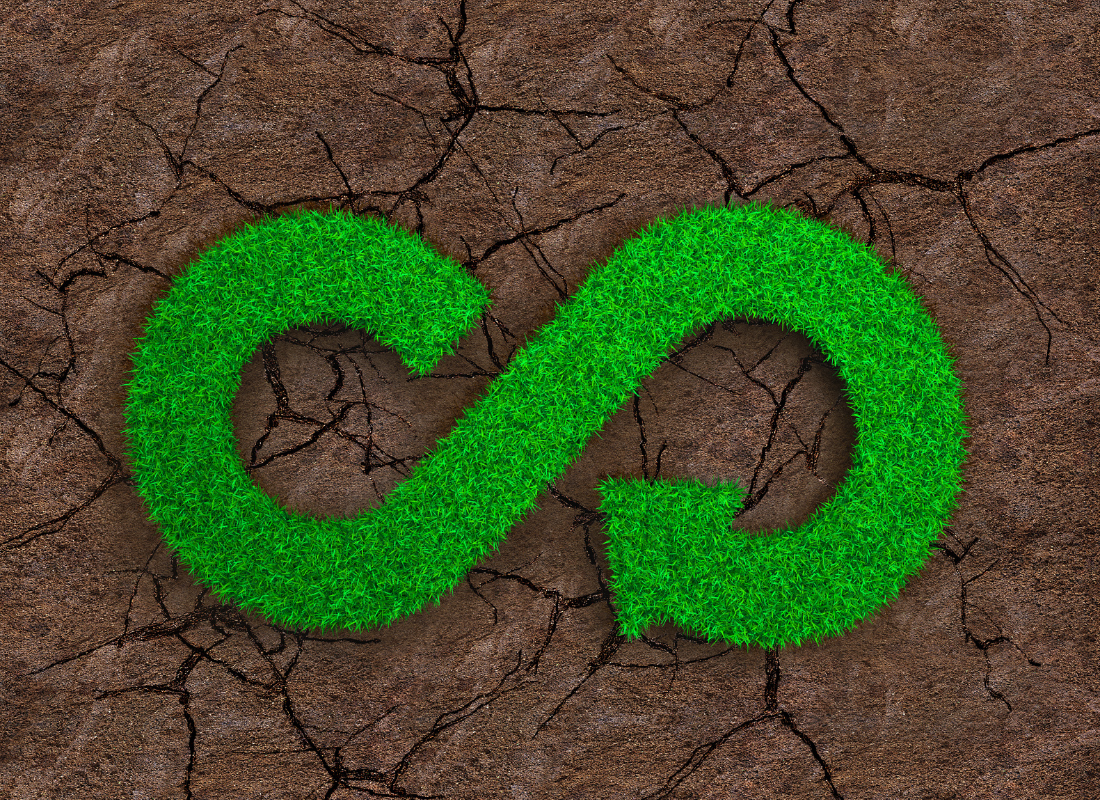
In an era marked by environmental challenges and concerns over resource depletion, the concept of the circular economy has emerged as a promising solution to address these issues.
The traditional linear economy, characterized by a “take, make, dispose” model, has led to an unsustainable use of resources and a surge in waste. The circular economy, on the other hand, seeks to break away from this linear pattern by transforming waste into opportunities for a more sustainable future.
Understanding the Circular Economy
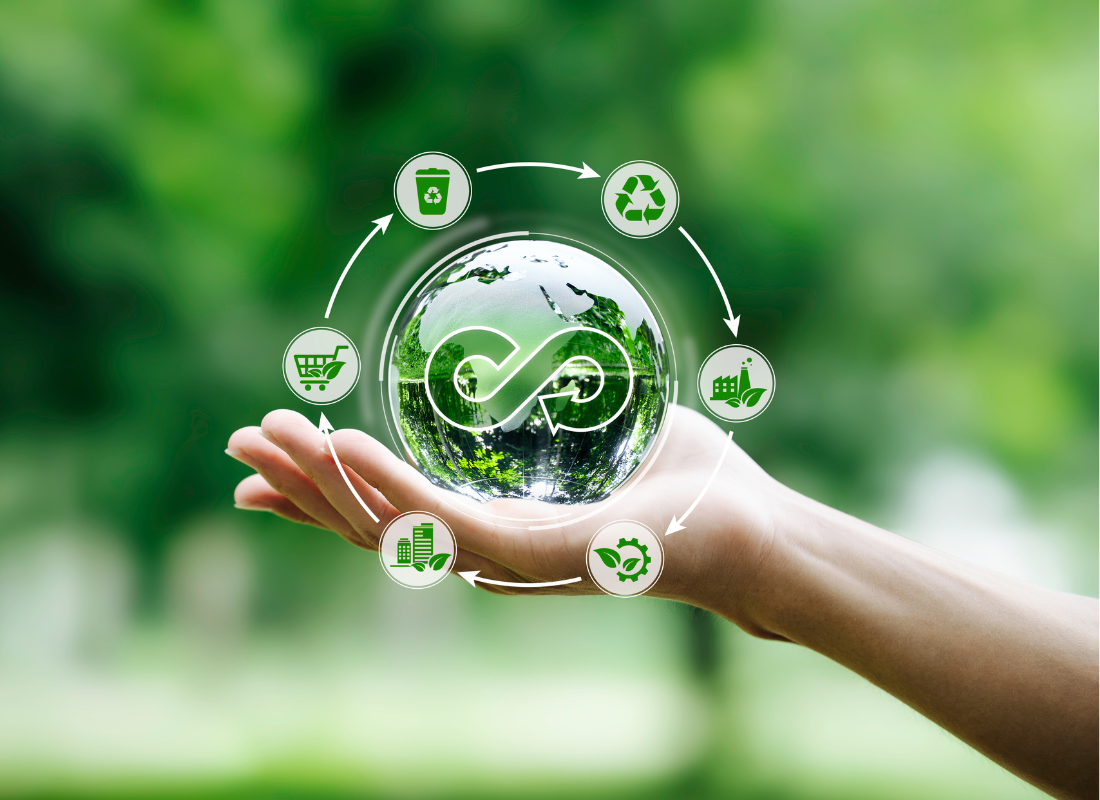 Understanding the Circular Economy is fundamental to reshaping our approach to consumption and waste.
Understanding the Circular Economy is fundamental to reshaping our approach to consumption and waste.
Unlike the linear model, it prioritizes sustainability by emphasizing recycling, reusing, and refurbishing. This innovative economic system seeks to break away from the ‘take, make, dispose’ norm, aiming for a regenerative loop that minimizes environmental impact. Recycling conserves resources, while upcycling and refurbishing extend the lifespan of products.
By adopting this holistic approach, the Circular Economy transforms waste into opportunities, offering a path to a more resilient and sustainable future where conservation and efficiency coalesce, redefining how we interact with resources and contribute to a healthier planet.
Reducing Waste through Recycling
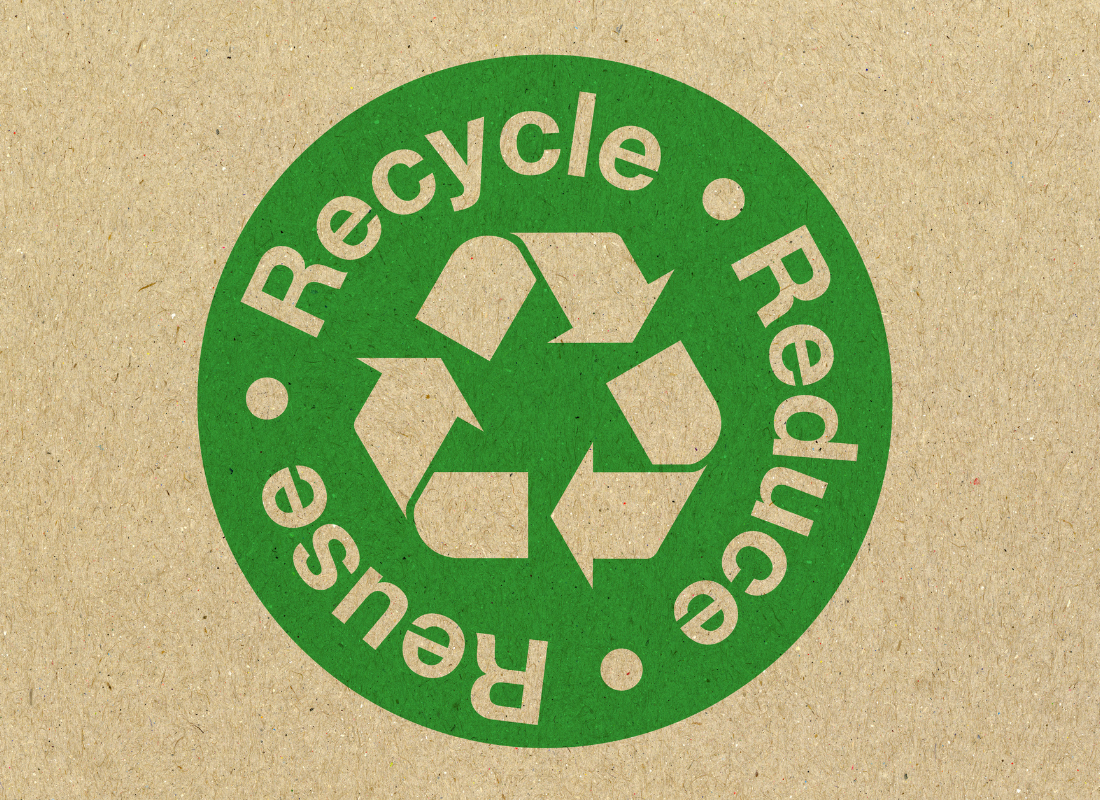 One of the key pillars of the circular economy is recycling. Rather than discarding products at the end of their life cycle, recycling allows materials to be reprocessed and used to manufacture new products.
One of the key pillars of the circular economy is recycling. Rather than discarding products at the end of their life cycle, recycling allows materials to be reprocessed and used to manufacture new products.
This not only conserves valuable resources but also reduces the environmental impact associated with extracting and processing raw materials. Governments, businesses, and individuals alike play a crucial role in promoting and participating in recycling initiatives to ensure the success of the circular economy.
Extending Product Lifespan through Reuse and Refurbishment
Challenges and Opportunities
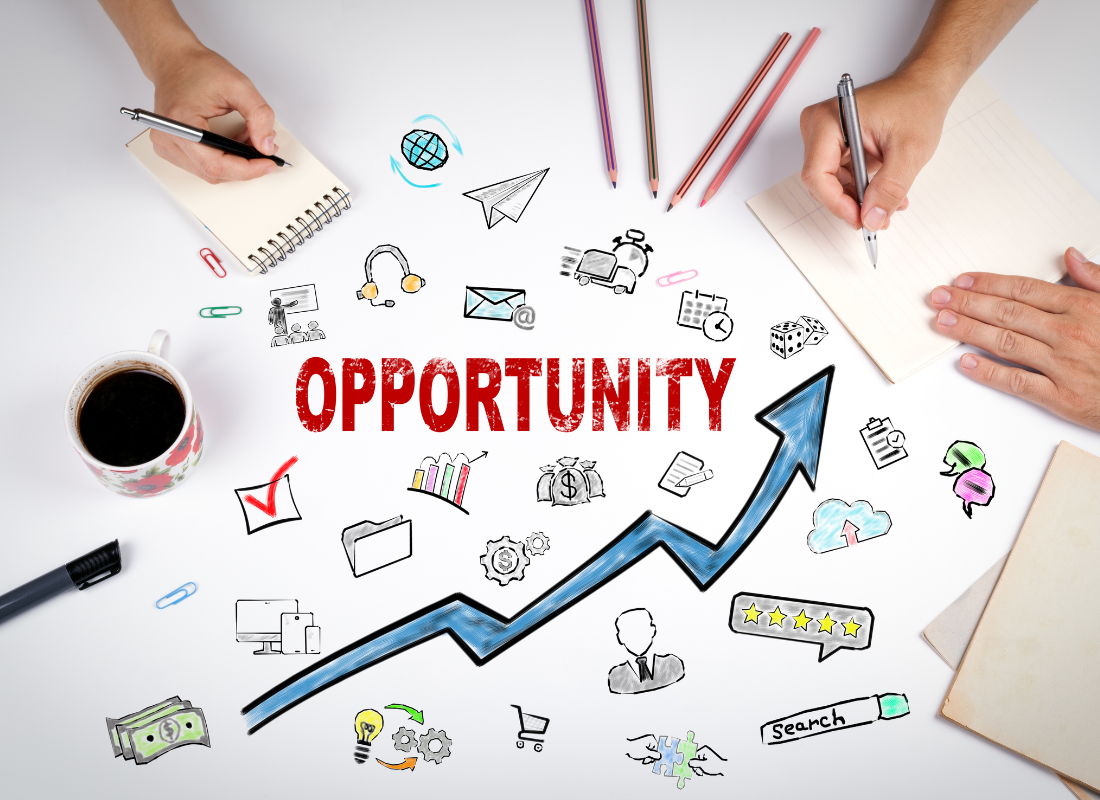 While the circular economy holds great promise for a sustainable future, it is not without its challenges.
While the circular economy holds great promise for a sustainable future, it is not without its challenges.
Transitioning from a linear to a circular model requires a significant shift in mindset, business practices, and consumer behavior. Additionally, infrastructure for recycling and waste management needs to be improved to accommodate the growing demand for circular solutions.
However, the opportunities presented by the circular economy are vast. Embracing this model can lead to the creation of new jobs, the development of innovative technologies, and the establishment of more resilient and resource-efficient industries. Governments, businesses, and individuals all have a role to play in driving the circular economy forward and reaping the benefits of a more sustainable and prosperous future.
Conclusion
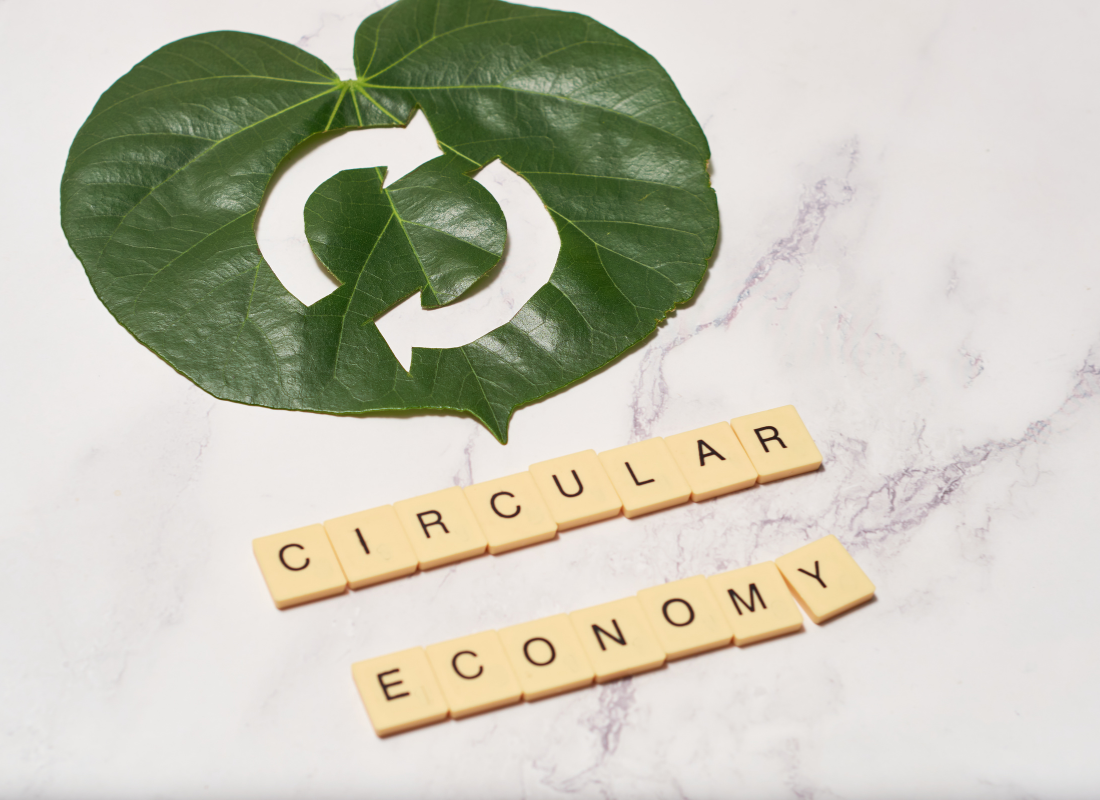 The circular economy represents a transformative approach to economic and environmental challenges.
The circular economy represents a transformative approach to economic and environmental challenges.
By reimagining how we produce, consume, and dispose of goods, we can turn waste into opportunities for a sustainable future. Through recycling, upcycling, reusing, and refurbishing, the circular economy offers a holistic solution that benefits not only the environment but also the economy and society at large.
It is time for a collective effort to embrace and advance the circular economy, paving the way for a more resilient and regenerative world.
 Extending product lifespan through reuse and refurbishment is a pivotal pillar of the Circular Economy. This approach challenges the prevalent culture of disposability by prioritizing longevity over constant replacement.
Extending product lifespan through reuse and refurbishment is a pivotal pillar of the Circular Economy. This approach challenges the prevalent culture of disposability by prioritizing longevity over constant replacement. As we navigate the complexities of the circular economy, it’s essential to recognize the potential of seemingly inconspicuous items, such as rice straws, in driving sustainable change. Traditional plastic straws, notorious for their environmental impact, have become a symbol of the linear economy’s shortcomings. However, rice straws, made from agricultural by-products, offer a promising alternative that aligns with the principles of the circular economy.
As we navigate the complexities of the circular economy, it’s essential to recognize the potential of seemingly inconspicuous items, such as rice straws, in driving sustainable change. Traditional plastic straws, notorious for their environmental impact, have become a symbol of the linear economy’s shortcomings. However, rice straws, made from agricultural by-products, offer a promising alternative that aligns with the principles of the circular economy.



